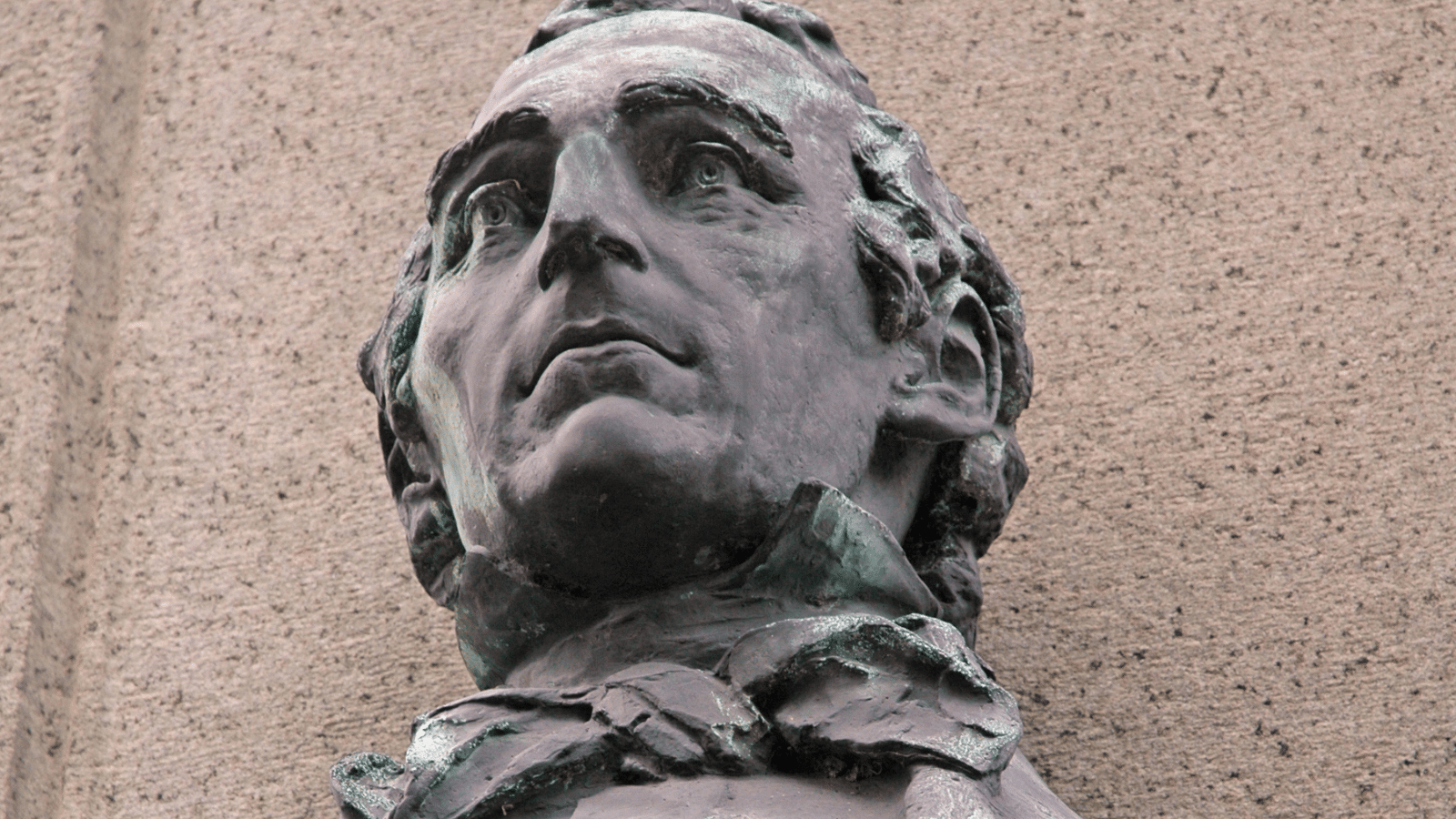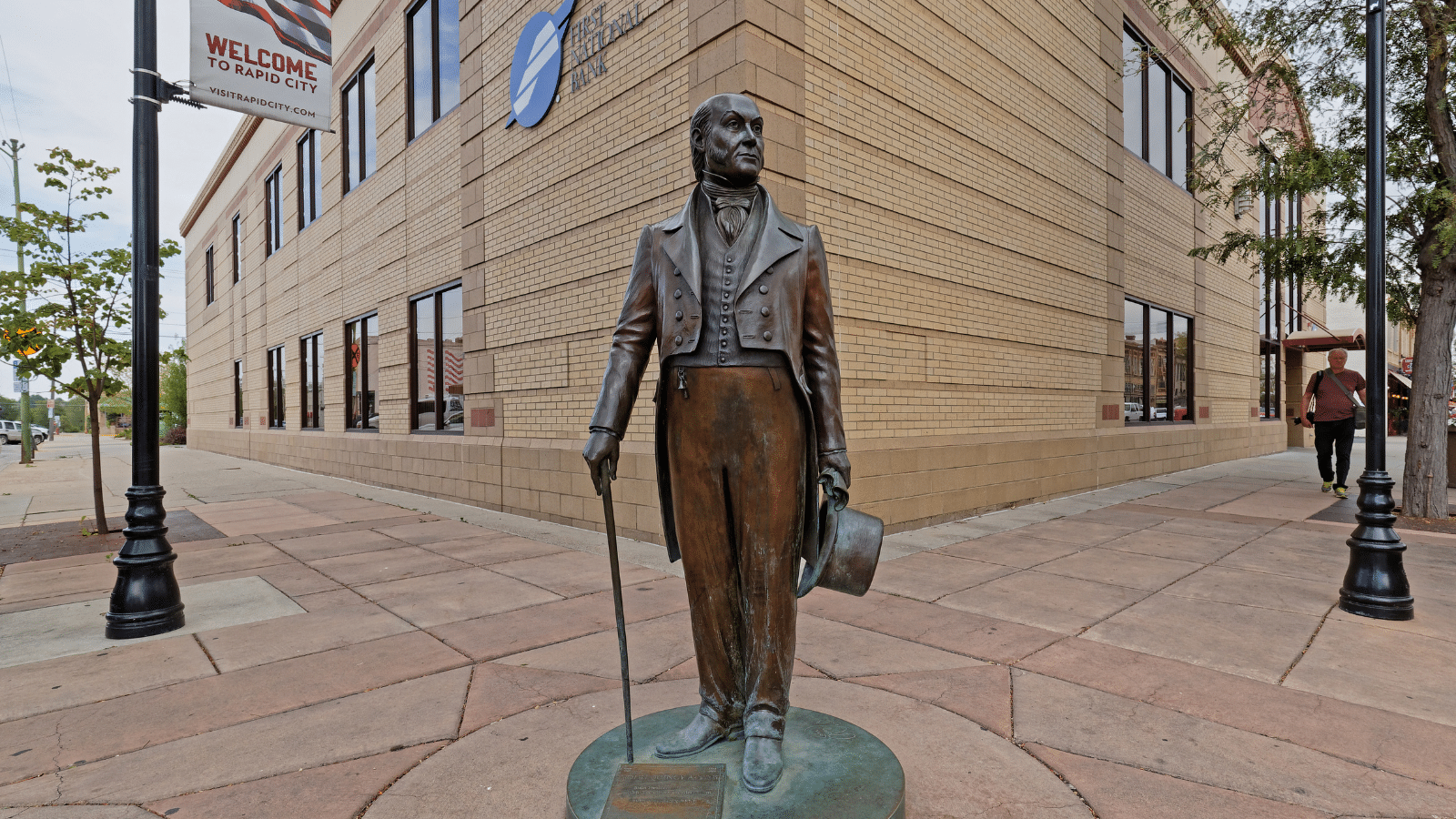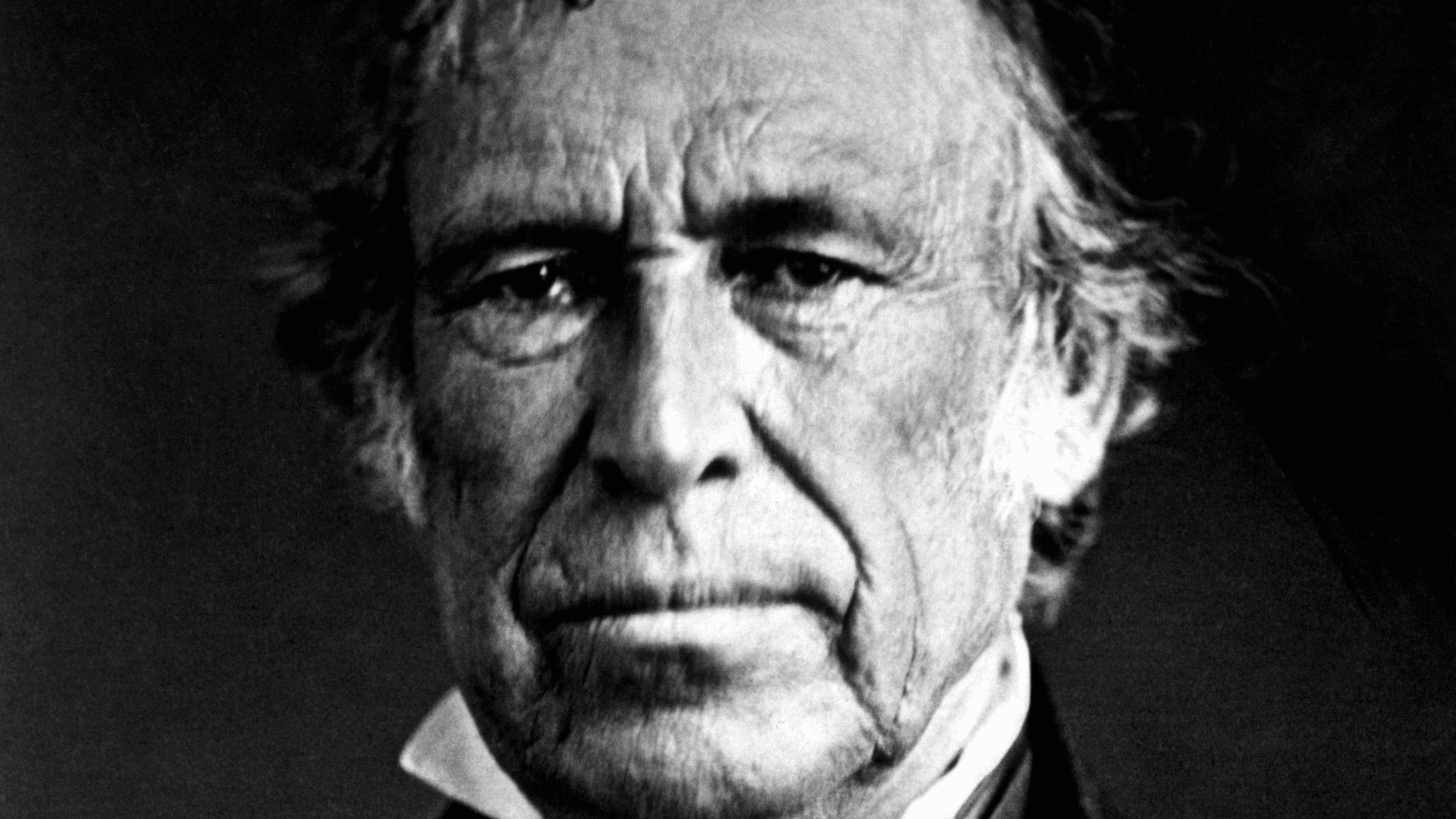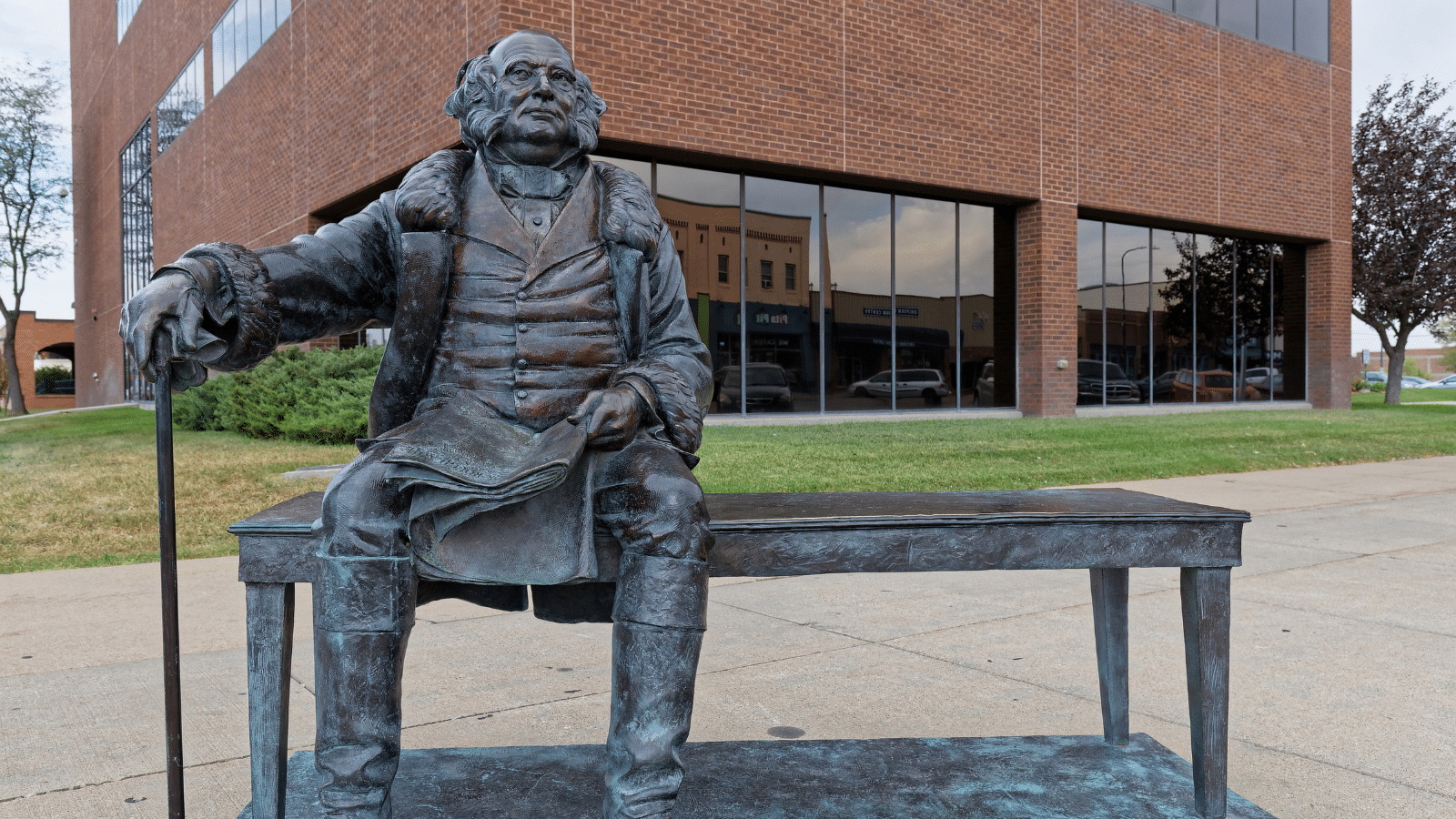The annals of American history have seen a diverse array of leaders take the helm of the United States, each contributing their own unique chapters to the nation’s story. Within this mosaic of presidents, some have shone brightly while others have left legacies tinged with controversy and criticism. This article delves into the intriguing narrative of 18 U.S. presidents whose tenures are often viewed as less than stellar, exploring the circumstances, decisions, and actions that have led them to be considered among the nation’s less successful leaders. Join us on a journey through history as we unravel the complex legacies of these presidents, shedding light on the complexities of leadership in the land of the free.
James Buchanan (1857-1861)

Andrew Johnson (1865-1869)

Andrew Johnson, Abraham Lincoln’s successor, is largely regarded as a poor president due to his resistance to Reconstruction policies and his attempts to thwart the rights and freedoms of newly freed African Americans. His vetoes of civil rights legislation and refusal to work with Congress hindered the post-Civil War healing process.
Warren G. Harding (1921-1923)

Franklin Pierce (1853-1857)

Millard Fillmore (1850-1853)

John Tyler (1841-1845)

Herbert Hoover (1929-1933)

Calvin Coolidge (1923-1929)

Andrew Jackson (1829-1837)

Richard Nixon (1969-1974)

John Quincy Adams (1825-1829)

John Quincy Adams’ presidency was controversial due to his election through the “Corrupt Bargain” with Henry Clay. His perceived elitism and inability to connect with the broader American electorate contributed to a negative reputation.
Ulysses S. Grant (1869-1877)

Ulysses S. Grant’s presidency was marked by political corruption and economic instability. The Grant administration was associated with numerous scandals, including the Credit Mobilier and Whiskey Ring scandals.
James A. Garfield (1881)

James A. Garfield’s assassination cut short his presidency, and his time in office had yet to make a significant impact. His short tenure as president leaves historians with limited material to evaluate his effectiveness.
Zachary Taylor (1849-1850)

Zachary Taylor’s brief presidency was characterized by inaction on divisive issues like slavery. He died only 16 months into his term, and his inability to address the growing sectional tensions did not contribute positively to his legacy.
William Henry Harrison (1841)

William Henry Harrison’s presidency was the shortest in U.S. history, lasting only 32 days due to his untimely death. As a result, he had limited time to enact policies and make a substantial impact.
Martin Van Buren (1837-1841)

Martin Van Buren’s presidency coincided with the economic downturn known as the Panic of 1837. His handling of the financial crisis was criticized, contributing to his negative reputation.
Benjamin Harrison (1889-1893)

Benjamin Harrison’s single term in office is often considered unremarkable. He had limited accomplishments during his presidency, and his impact on the nation’s history is relatively minor.
21 Things That Shout You’re “Lower Class” According To Men

Class wars creep up in all aspects of life, including dating. We take a look at the things that men believe are telltale signs that you are lower class.
21 Things That Shout You’re “Lower Class” According To Men
Boomer Zoomers vs. Millennial Meh: 10 Cars the Older Gen Loves but Millennials Just Can’t Stand

The change in the automotive industry has been incredible over the year. Baby boomers born between 1946 and 1964 can’t get enough of the cars listed below, as muscle cars emerged in the 1960s, and new technologies appeared in the 1970s and 1980s. You can imagine why boomers genuinely appreciate these vehicles.
Boomer Zoomers vs. Millennial Meh: 10 Cars the Older Gen Loves but Millennials Just Can’t Stand
Across the Pond Disdain: 18 Horrendous American Habits Foreigners Just Can’t Stomach

There is a lot to love about America, from the bright lights of New York to the incredible breakfasts, but foreigners also dislike many things. We look at everything from poor public transport to an intimidating tip culture, sharing 18 things that America could be better at.
Across the Pond Disdain: 18 Horrendous American Habits Foreigners Just Can’t Stomach
Out with the Old: 18 Gen X Fads That Millennials and Gen Z Just Can’t Vibe With

While some old habits die hard, there are some things that Gen X need to eliminate as they are no longer relevant.
Out with the Old: 18 Gen X Fads That Millennials and Gen Z Just Can’t Vibe With
18 Unpleasant States You Might Want to Skip on Your Next Trip

When thinking of America, we don’t expect there to be boring or unpleasant places to visit. We see all the different states on the TV, and they show the best parts. However, there are some states you won’t want to visit, and you should brace yourselves if you ever happen to stumble into them.
18 Unpleasant States You Might Want to Skip on Your Next Trip






